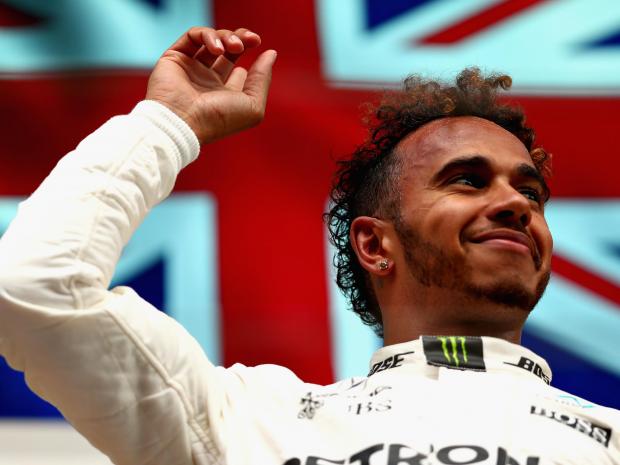F1 Belgian GP: Fine margins pay off again as long as it’s follow the leader

By Callum Springall
In a race of fine margins, it was Lewis Hamilton who continued a number of trends while making some history on Saturday, and taking maximum points in consummate style on Sunday at F1’s 2017 Belgian Grand Prix around Spa-Francorchamps.
From a strategy point of view, the most recent duel between Sebastian Vettel and Lewis Hamilton bore a number of similarities to their first from the season-opening Australian Grand Prix.
The Mercedes had pole and an apparent pace advantage – over one lap, at least – and as Vettel closed up to the leader, it seemed that the German would be pulled in early, in order to gain track position.
Contradictory to previous encounters, it was Mercedes who were proactive in protecting their advantage and pitted at the earliest reasonable opportunity, which maintained the status quo and begged the question: what would come of the second round of stops?
Well, not much really. While the safety car threatened to shake up the order at the sharp end, the closest Vettel got to Hamilton was at Les Combes after the Brit had a somewhat tardy restart – although Vettel’s cat-like reaction may have accentuated Hamilton’s fault at the restart.
In reality the win never seemed beyond reasonable doubt for Mercedes. If they were challenged, it’s well known that they have superior engine modes in reserve compared to their Italian counterparts and the soft Pirelli tyres had shown themselves as a considerably more workable compound all weekend, thus neutering Vettel’s perceived advantage.
But take nothing away from the fact that ultimately, it was the Lewis Hamilton show; equaling Michael Schumacher‘s pole record, leading every lap and managing tyre temperatures in doing so.
Normally a penalty for a bit-part player would pale into insignificance but one can’t help but take issue with Kimi Raikkonen‘s actions – not least because of the tragic events at a certain Japanese Grand Prix. As much as Kimi is often blasé – and comically so – he showed complete disregard for the rules by not even bothering to slow down through a double yellow zone, which could be interpreted as deliberate if his response to the penalty is anything to go by.
Two standout drives from the weekend came from Nico Hulkenberg chiefly, and Esteban Ocon in spite of another domestic incident with his team-mate.
With regard to Hulkenberg, it was the kind of vintage performance he became known for prior to being overshadowed at Force India by Sergio Perez, and it’s almost akin to the kind of under-the-radar result that wouldn’t look out of place on Alain Prost‘s résumé.
Shifting attentions to Ocon, it feels a lot like he’s starting to run into some rhythm – not that he didn’t have it anyway – on tracks he has firsthand experience of in F1. That makes it intriguing to see how he develops between now and Abu Dhabi.
In all, the Frenchman was unlucky not to emerge from the stops ahead of Perez, who subsequently squeezed him close to the wall and perhaps gave Ocon too much of a sniff into Eau Rouge, so either Perez should have afforded more space, or he should have been more ruthless in closing the door early.
SUBSCRIBE: Listen to The NR F1 Podcast on your chosen podcast player
As far as 2017 on the whole is concerned, Spa offered little in the way of new information – despite its unrelenting tension – and on the majority of tracks, the margins are too fine to make a definitive prediction as to who has the upper hand.
As such, the emerging trend is for races to be balanced on a knife-edge with the main deciding factors being the final run in Q3 and who – if anyone – can gain the upper hand through strategic maneouvering.
Still, that’s the important thing: that such a lucrative prize can be settled on such small details, while other factors to consider in future include possible driver and team errors, plus reliability issues.
♦ Callum Springall is a member of The NR F1 Podcast crew. You can follow Callum on Twitter @callumspring18

